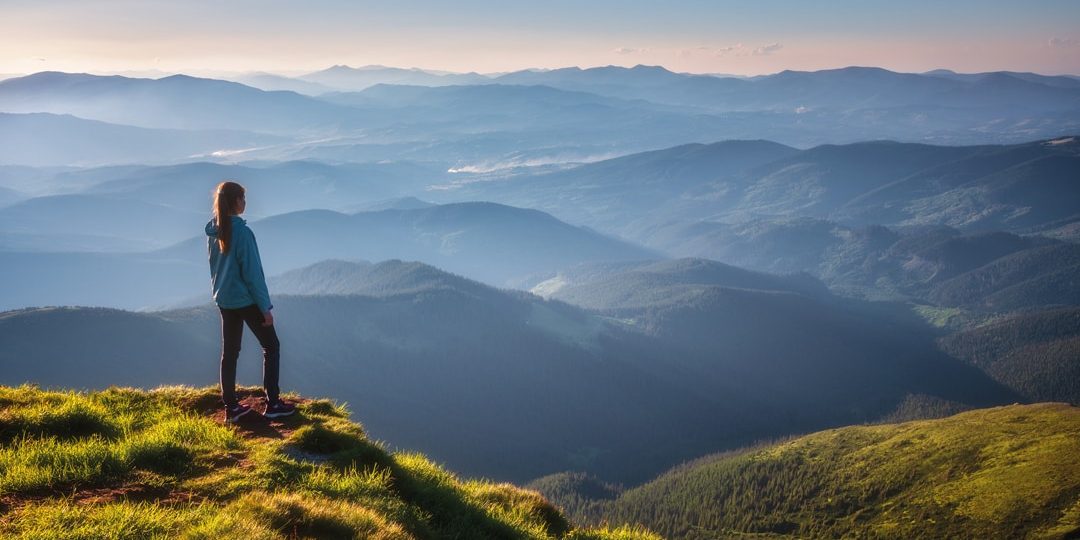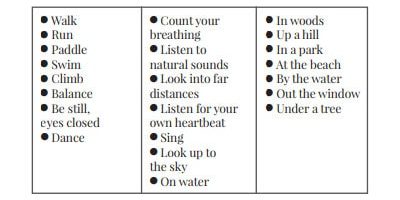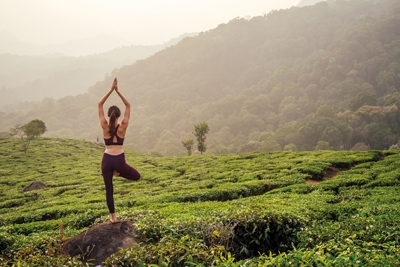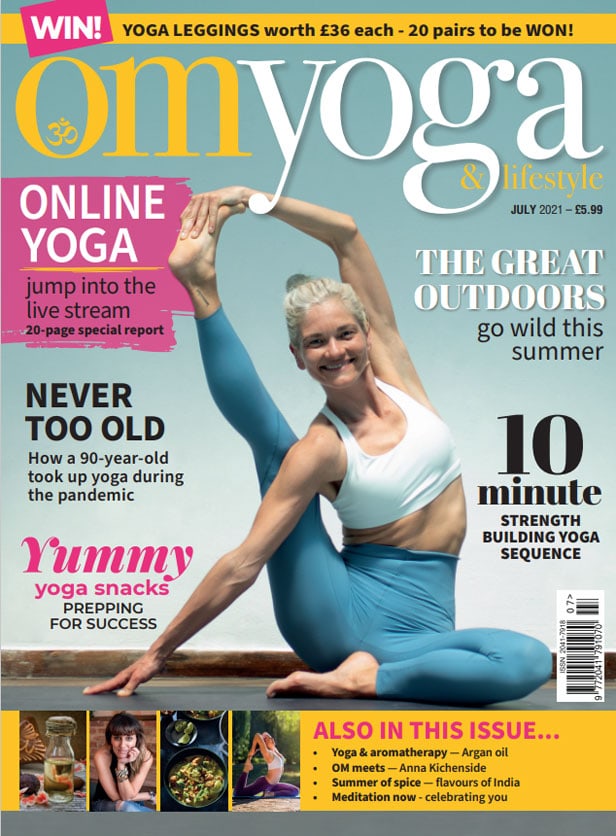
In search of the calm response
Thinking + moving + nature = a recipe for reducing anxiety now and improved brain function later in life. By Emily Young
As the world urbanises and people spend less time in regular contact with natural environments, city planners and other public policy decision makers are turning to research in psychology to help inform them of the relationship between exposure to nature and mental health.
Before Covid-19, you may not have described yourself as anxious. But increased home or financial stress, unsettled routines, work or school absence and lack of access to nature, can all contribute to our anxiety levels.
I had never really experienced anxiety, but all sorts of elements of my life have been shifted and I can now find myself in flight mode, worrying about the impact on my child’s development or my grandparent’s confusion, fear and loss of reasoning.
Through practice and experience, I know the ingredients that ground me: it is kicking my shoes off in the sand, running in the woods, looking out from the top of a mountain, floating on a paddleboard, making daisy chains on the grass or more recently practicing yoga in a field!
I not only show up for my present self, but I practice my yoga and physical activities for my 95-year-old future self.
Let’s start with why you might want improved brain function. The capacity of the nervous system to modify its organisation to altered demands and environments has been termed ‘neuroplasticity.’ As we age, our neuroplasticity declines but does not come to a halt, so we can re-wire and regenerate the neuroplasticity of our brain at all ages.
The human brain begins to deteriorate in the third decade of life. Also, normal age-related changes include the decline in executive function, a set of mental skills that include working memory, flexible thinking and self-control. This may feel a little depressing to read, but the truth is we are all going to degenerate.
The good news is, along with a better understanding of the risk factors (smoking, sedentary lifestyles, urban living), science suggests there are many ingredients to prevent your brain against much of this degeneration; the combination of the ingredients of moving and being mindful in nature may be a ‘brain protector.’
Here is what psychological research is starting to suggest.
Nature = Calm Response
Lots of research shows that nature has an automatic calming effect on the nervous system. Being in the presence of trees, plants, flowers, the sounds of birds, running water is instantly recognised by the human nervous system, causing the brain and body to enter a calm mode.
Moving + Mindfulness + Breathing Exercises = Calm Response
In a range of separate research studies investigating physical activity (daily moderate and vigorous), mindfulness activities (regular meditation, yoga, qi-gong) and pranayama (regular deep breathing practices) - all cause the brain to send messages through the body to calm down. Add all of these ingredients together and you will most likely be doing a yoga-type practice.
What is the Calm Response?
The autonomic nervous system regulates certain body processes, such as blood pressure, heart rate, digestion and the rate of breathing. It does this automatically without conscious effort. The autonomic nervous system has two main divisions: The Sympathetic Nervous System (SNS), the so-called Fight, Flight, Freeze, a stress response; and Parasympathetic Nervous System (PSN), the Rest, Digest, Rebuild, Reproduce or calm response. The Calm Response is the counterbalance to the Fight and Flight.
In addition, there are gates (inhibitory neurotransmitters) in your brain that control the ‘flood’ of fight, flight, freeze (reducing neuronal excitability throughout the nervous system). Those who suffer from anxiety, for example, also suffer from ‘loose hinges’ on these gates; so, when a flood of anxiety comes, the gates swing open and we cannot cope. This is commonly treated with cognitive behavioural therapy (CBT) or through medication. A growing number of studies show that both yoga-based practices and being in nature can ‘tighten the hinges’ (increase the inhibitory neurotransmitters), thus controlling the flood of anxiety, or simply put: help us cope better with stress.
So, we’ve got anxiety covered for the short term. It only takes one yoga class or one mindful walk in nature to feel immediate calm. But you can only keep the calm by heading to nature two or three times per week, and this is the really important bit because anxiety is a risk factor for Alzheimer’s disease, the most common form of dementia.
Now, time to address our future self. When I am 95 years old, I want to be on my feet, meaningfully interacting with great-grandchildren and enjoying the outdoors, fearlessly. In healthy older adults, simultaneous mental and physical tasks (dual-task) have shown to be efficient in increasing executive function (the set of mental skills that include working memory, flexible thinking and self-control mentioned above). In many studies on early-stage Alzheimer’s patients, dual-task activities have shown to slow down the progress of the disease. Dual-task activities are accessed most easily in the great outdoors. Try picking from some of the ingredients below, and combining them to your taste, and in the knowledge that you know it’s taking care of you now and in your future.


Emily Young is a yoga teacher trainer, university lecturer and researcher and teaches at Mula Yoga in Lancashire. Find her at: emilyyoung.space




